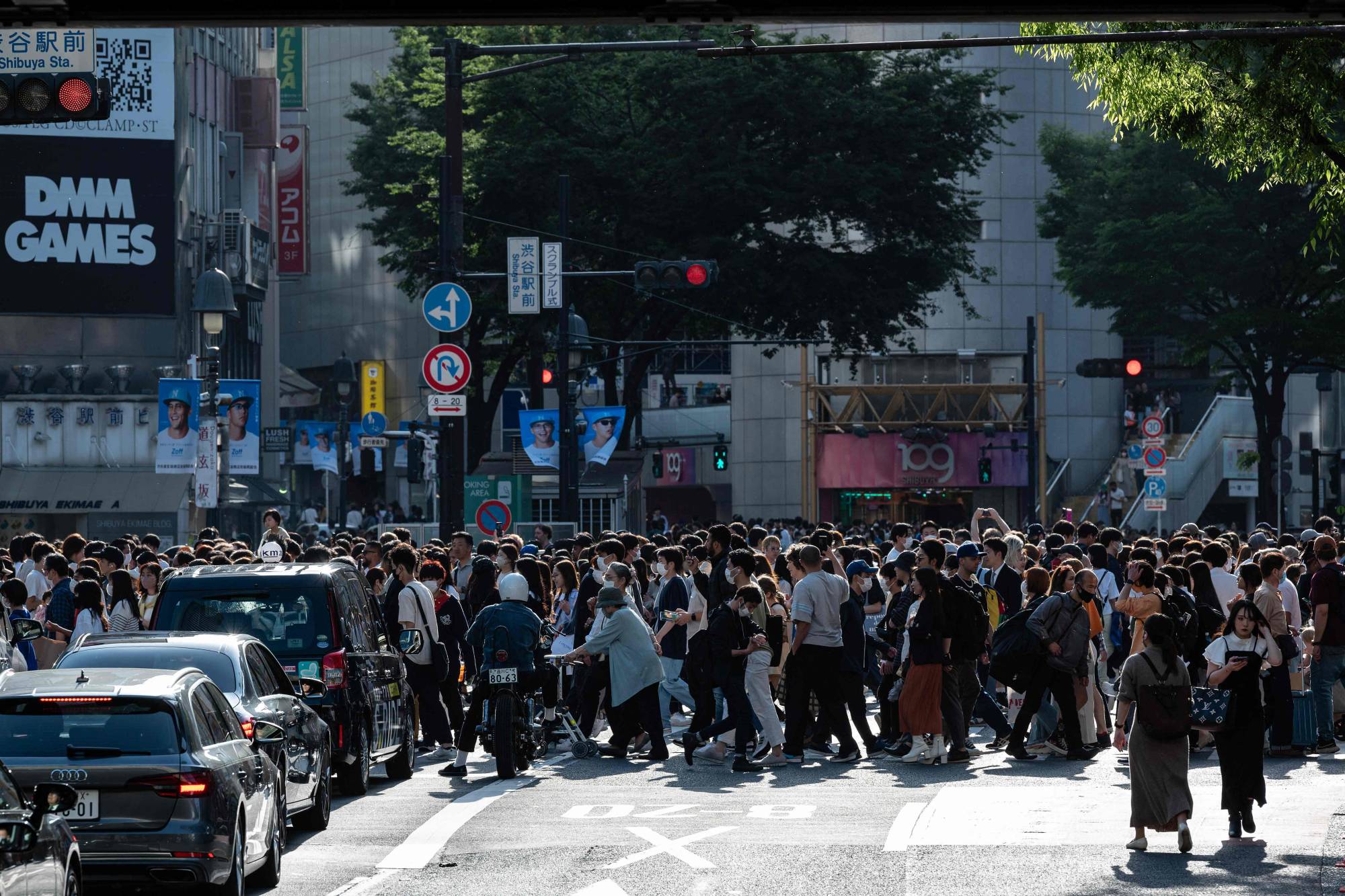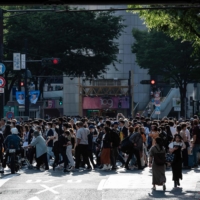Japan's estimated child population fell for the 42nd consecutive year to hit a new record low, government data showed Thursday, as Prime Minister Fumio Kishida calls for implementing "unprecedented" measures to boost the birthrate.
The number of children age 14 or younger — including foreign nationals — was 14.35 million as of April 1, down by around 300,000 from a year earlier, the data from the internal affairs ministry showed.
The ratio of children to Japan's overall population was 11.5%, down by 0.2 percentage point, also the lowest figure since 1950 when comparable data became available, according to the figures.
The government last month created the Children and Families Agency to oversee child care policies and is considering various measures, such as securing financial resources for child-rearing households, although doubts persist about whether such initiatives will be effective in reversing the declining birthrate.
According to U.N. data, Japan has the lowest ratio among 36 countries with a population of over 40 million, behind South Korea with 11.6% and Italy with 12.4%.
By gender, boys accounted for 7.35 million of the total number of children, with girls making up another 7 million, according to the data from the Ministry of Internal Affairs and Communications.
There were 3.21 million children between 12 and 14, compared to 2.43 million up to 2 years old, showing a continuing trend of fewer kids among younger demographics.
After peaking in 1954 at 29.89 million and experiencing a second baby boom in the early 1970s, Japan's child population has continued to fall since 1982.
The government data also showed that as of October, there had been a decrease in the child population across all 47 prefectures.
The prefecture of Okinawa had the highest overall ratio of children at 16.3%, while Akita Prefecture had the lowest at 9.3%.




